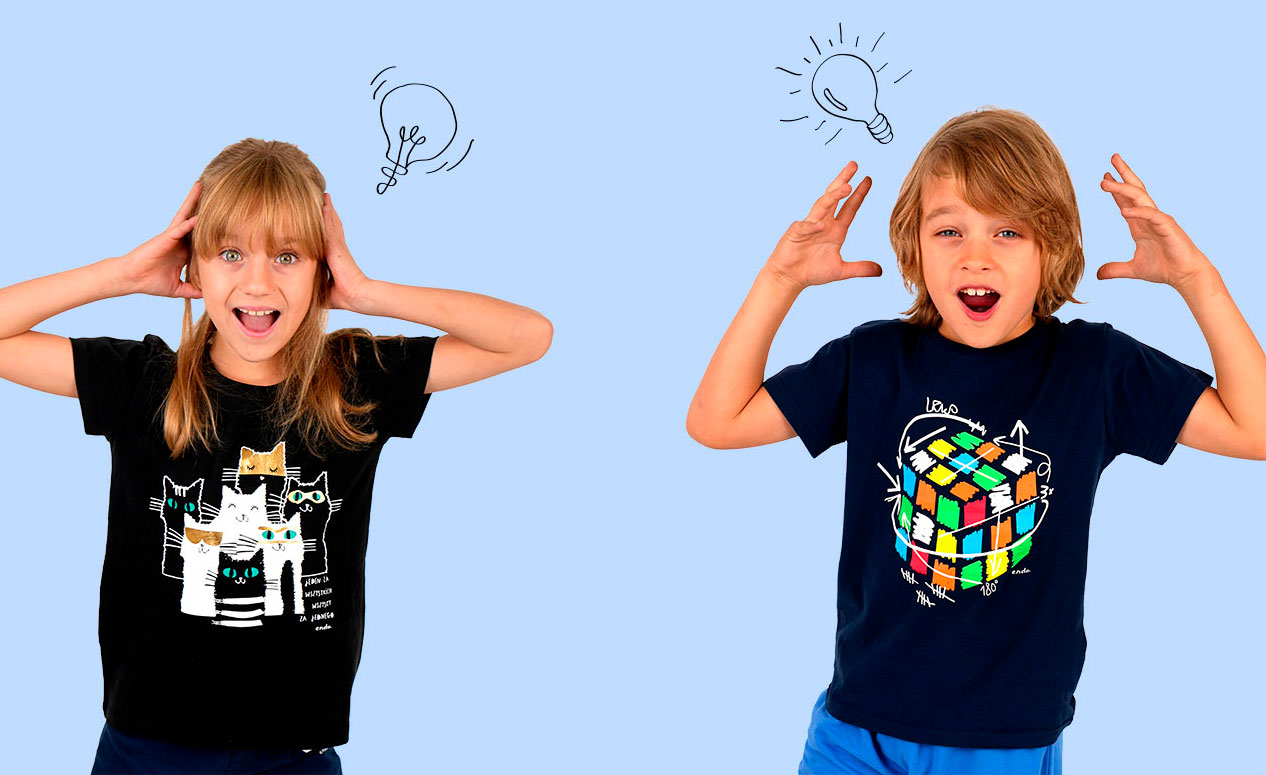
Developing creativity in children is key to their future success, flexibility, and problem-solving abilities. Creativity is currently one of the most sought-after skills in the job market, so it's important to teach children creative thinking from a young age.
In the following article, we will present proven methods for developing creative thinking in children, divided into specific steps and tips for parents and teachers.
Why is creativity important in children?
Creativity isn't just about the ability to create art or music. It's primarily about thinking outside the box, finding new solutions, and approaching problems flexibly. Creative children are more open to new experiences, are better able to cope with challenges, and develop their talents. Creative thinking also helps them build self-confidence, which is invaluable for their future development.
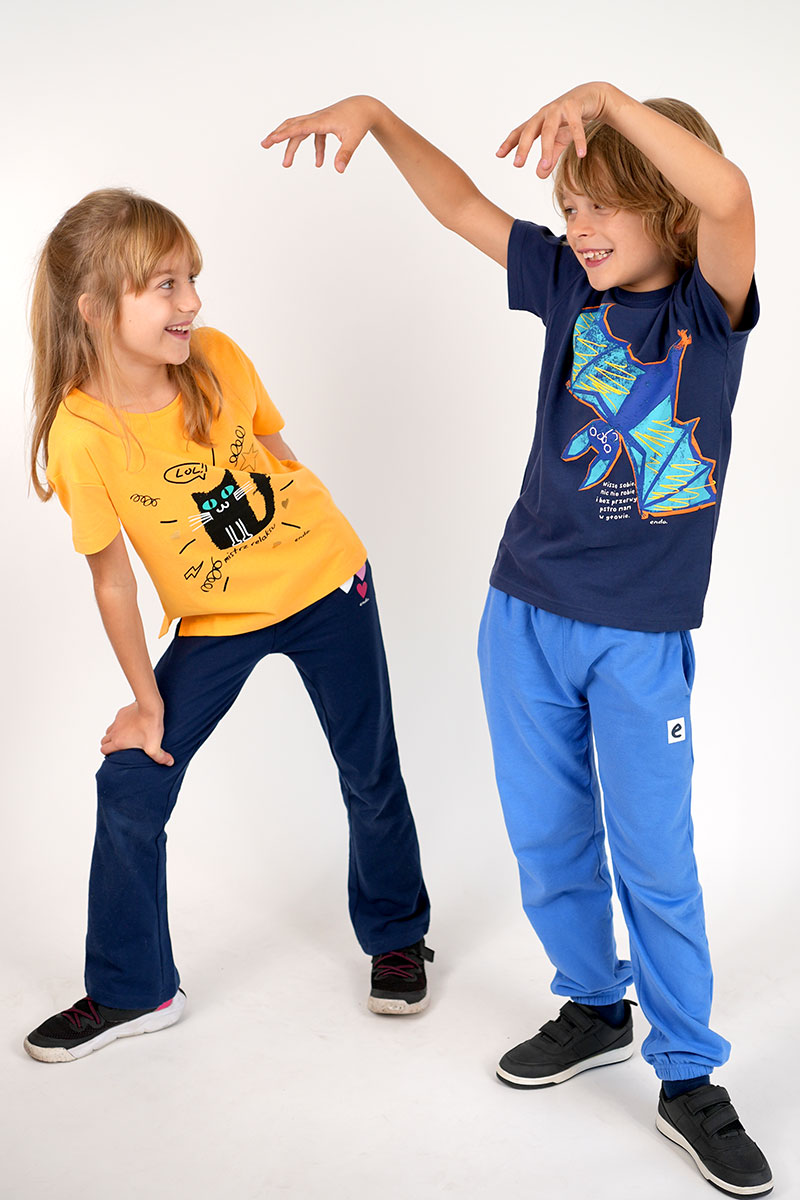
How to Teach Children to Think Creatively - Encouraging Questions
Asking questions is the foundation of creative thinking. Children often demonstrate natural curiosity, asking countless questions about the world around them. It's important not to discourage them, but rather to support them in their search for answers. This teaches them to analyze and think critically . Parents and teachers should also ask questions that spark a child's imagination and encourage deeper reflection on topics.
How to do it?
- Answer your child's questions instead of ignoring them.
- Encourage them to look for answers on their own or in books.
- Ask open-ended questions like, "What if...?" or "Why do you think...?"
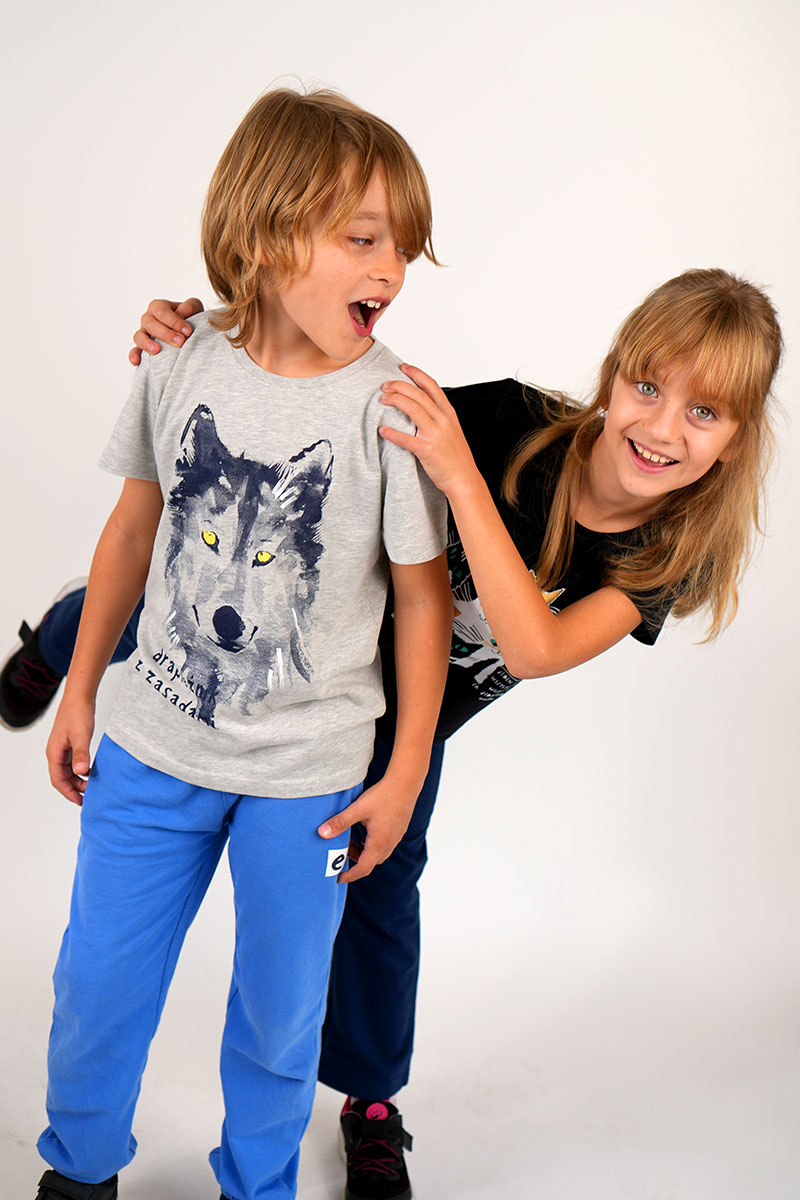
Creative play as a way to develop imagination
Creative play is an ideal way to develop children's imaginations . Role-playing, painting, building with blocks, and various games that require children to create something are excellent exercises for their minds. Through play, children learn to solve problems, develop manual skills, and collaborate with others.
Examples of games that develop creativity:
- Playing in a theater – the child can invent their own scenarios, take on different characters, and create props
- Building with blocks or Lego – helps develop spatial imagination and logical thinking.
- Drawing and painting – allows you to express emotions and experiment with colors.
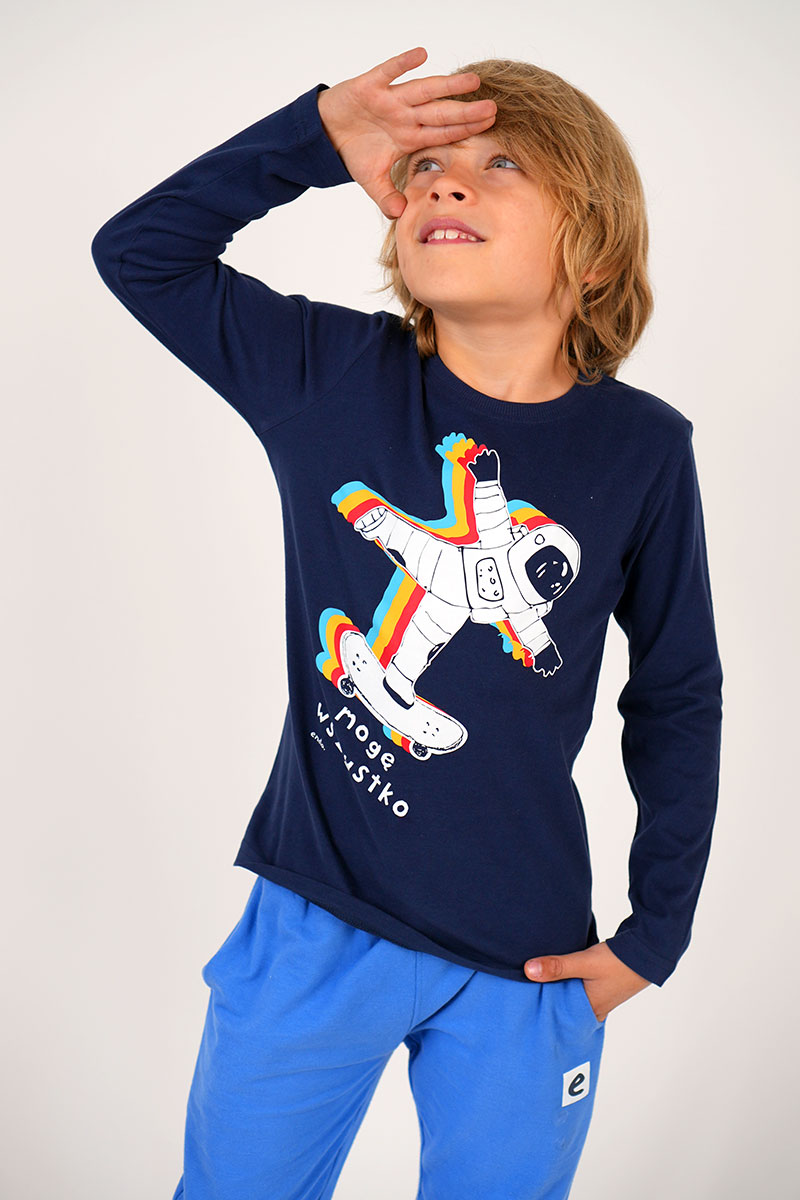
Learning through experiments and experiences – a practical approach
Experiments are a great way to develop creative thinking. Children learn through experience, so it's worth allowing them to experiment, for example, with art materials, plants, or simple science experiments. Experiments help children understand how the world works and develop critical thinking and questioning skills.
What experiments are worth conducting?
- Water experiments, e.g., testing what sinks and what floats.
- Growing plants – a child can observe the growth of a plant and learn about its life cycle.
- Creating simple chemical reactions, such as a volcano from baking soda and vinegar.

Developing creativity through reading and storytelling
Reading books and telling stories is a proven way to develop imagination and creativity. Books not only expand a child's knowledge but also teach them to see the world from different perspectives. Reading to a child introduces them to new, often magical, worlds that spark their imagination. Creating their own stories is also an excellent exercise in developing creative thinking.
How to support creativity through books?
- Choose books on a variety of topics that will broaden your child's horizons.
- Encourage them to come up with alternative endings to the story.
- Ask your child to tell their own stories based on pictures or what they read.
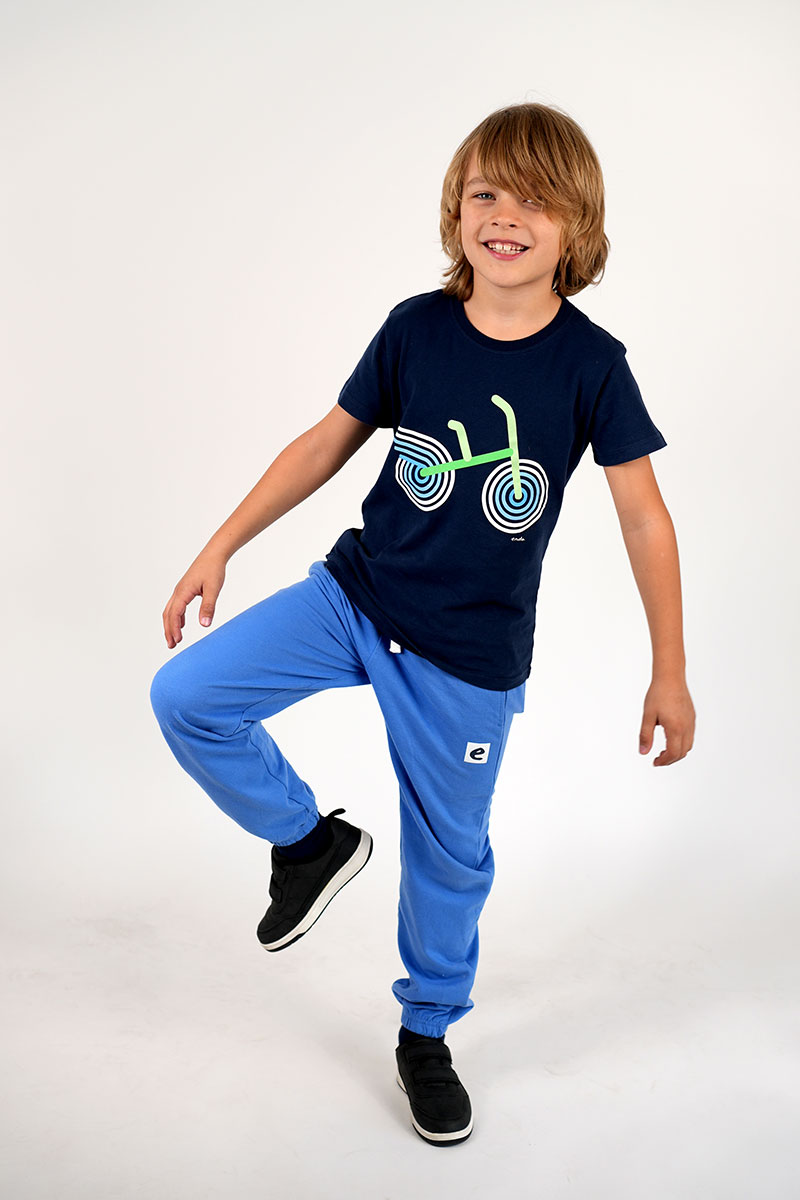
The Value of Mistakes and Failures – Learning from Experience
One of the key elements in developing creativity is accepting mistakes and failures. Children who fear making mistakes often limit their actions to avoid criticism. It's important for a child to feel safe experimenting and taking risks. Failure teaches resilience and shows that every mistake can be an opportunity to learn.
How to support your child in accepting mistakes?
- Encourage learning from failures.
- Avoid criticizing mistakes – instead, talk about what you can learn from them.
- Show that mistakes are a natural part of the creative process.
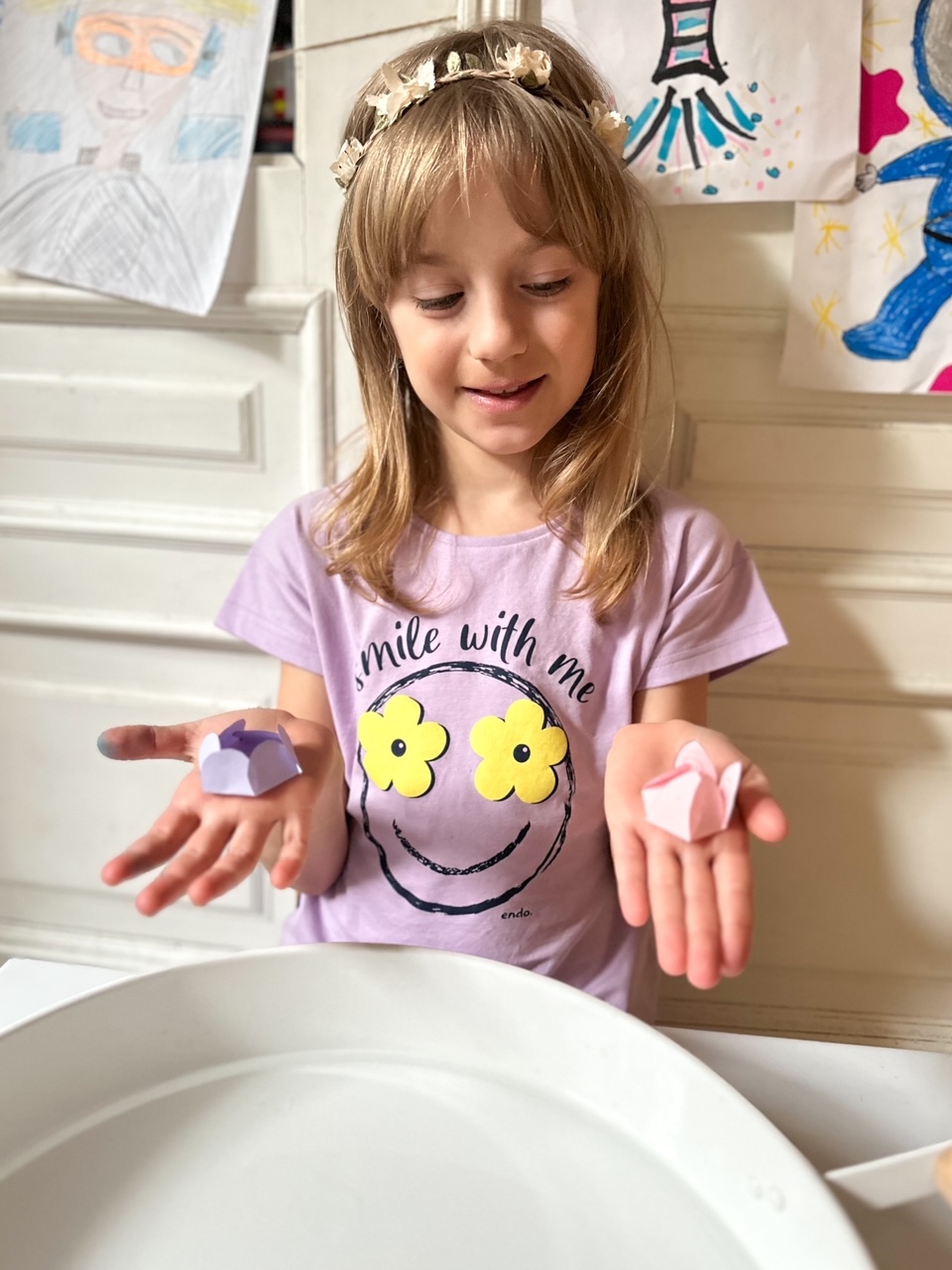
The role of art in developing creative thinking
Art—whether it's music, painting, or dance—is one of the most important ways to express emotions and creativity. Through art, children can experiment with various forms of expression and develop their manual and coordination skills. Regular participation in artistic activities develops creative abilities and teaches children to be open to new forms of expression.
How to introduce art into a child's life?
- Allow your child to paint, draw or sing freely.
- Suggest art, music or dance classes.
- Create artistic projects together, such as home decorations or greeting cards.

How to build open-minded thinking through games and puzzles?
Games and puzzles are an excellent way to practice analytical thinking and problem-solving skills. Collaborative puzzle-solving, riddle-solving, and strategic games develop logical thinking and planning skills. Such activities teach children cause-and-effect reasoning, but also develop mental flexibility and the ability to quickly adapt to new challenges.
Examples of games that support creativity:
- Chess and checkers – develop planning skills and logical thinking.
- Construction games, such as Minecraft, allow you to develop your spatial imagination.
- Puzzles, such as the Rubik's Cube, are excellent for developing analytical thinking and patience.
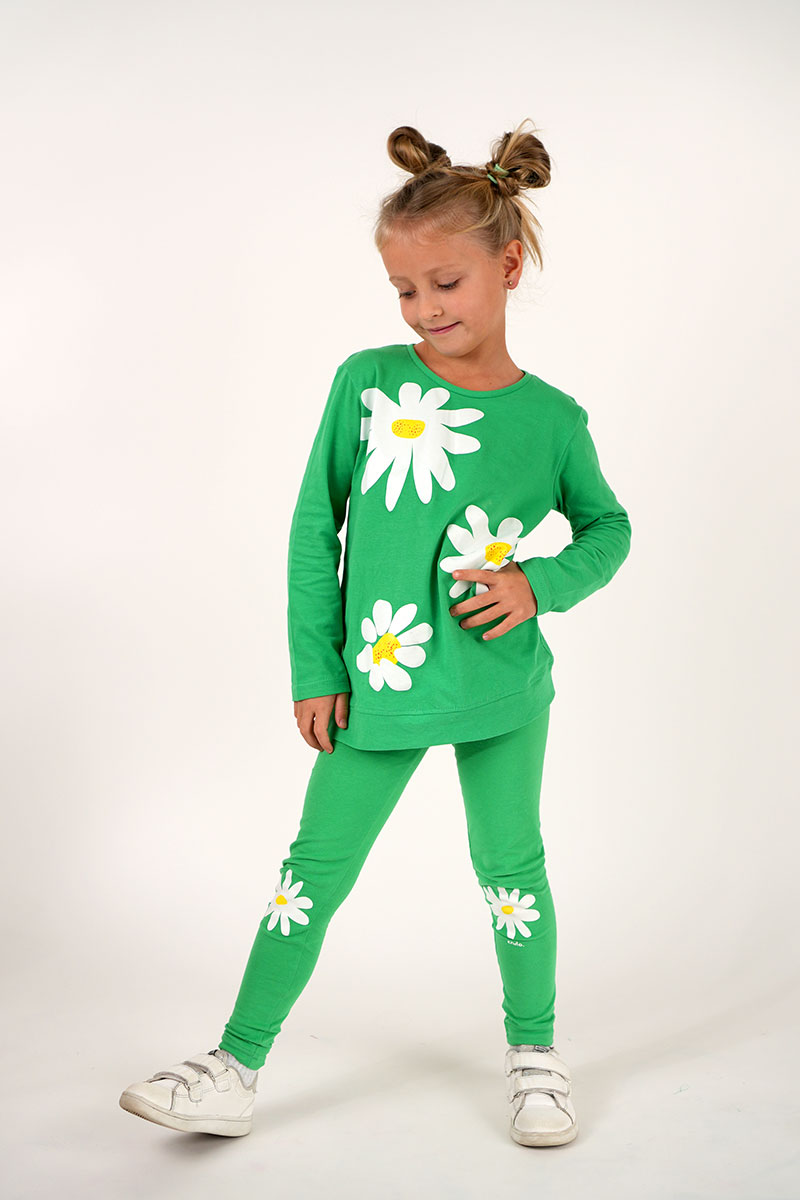
Supporting creative thinking through movement and physical activity
Movement plays a huge role in developing creativity, as it promotes better brain function and stimulates imagination. Physical activities like dancing, playing ball, or exercising outdoors allow children to develop motor coordination and discover new ways to express themselves.How to introduce movement into a child's life?
- Organize fun activities, e.g. races, team games.
- Encourage independent exercise, such as dancing in front of a mirror.
- Let them have fun outdoors – creative games with a ball, a skipping rope or a scooter.


Podziel się:
Autumn Treasure Hunt - Download the checklist and see how many you can find
Autumn Treasure Hunt - Download the checklist and see how many you can find